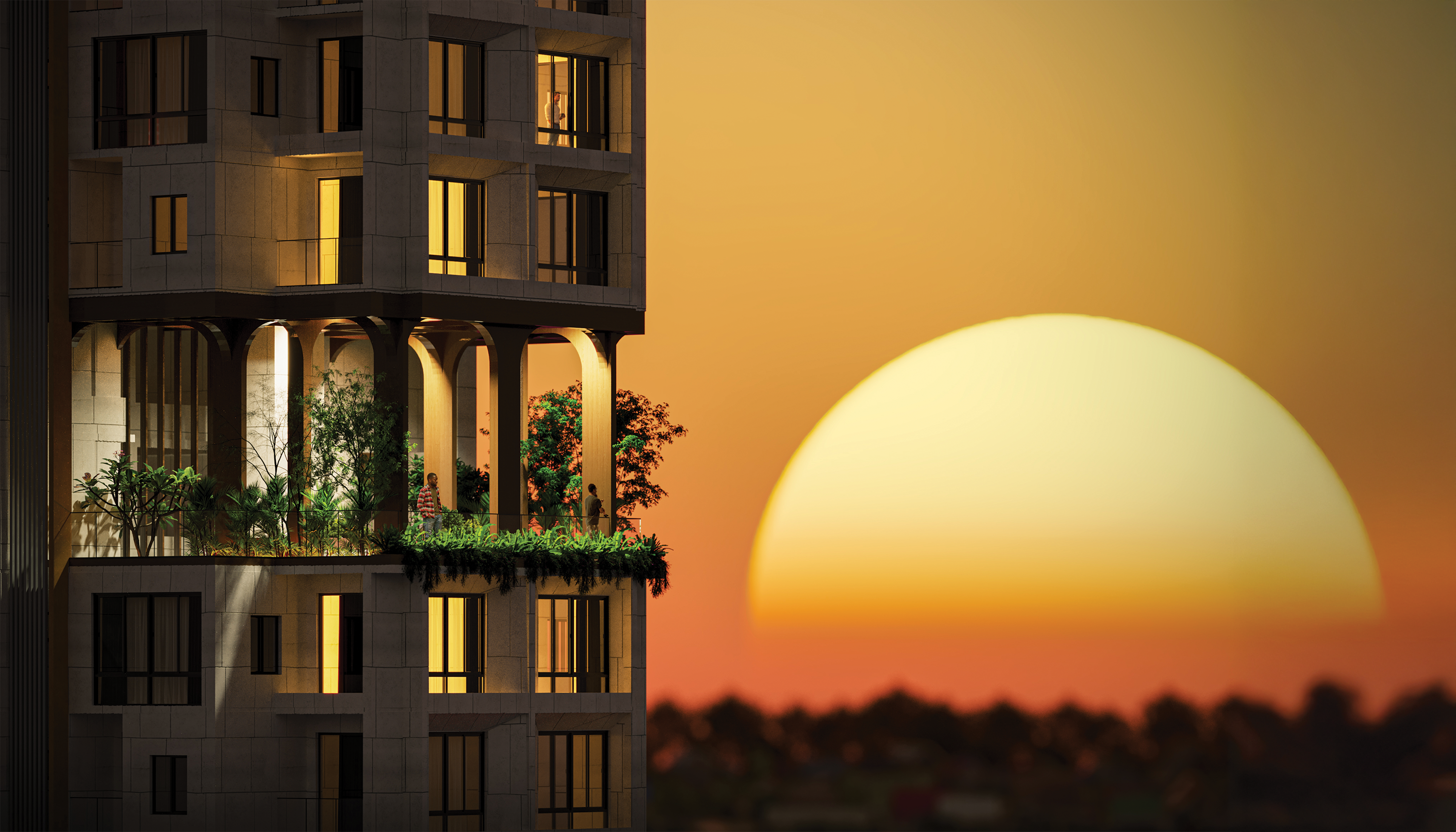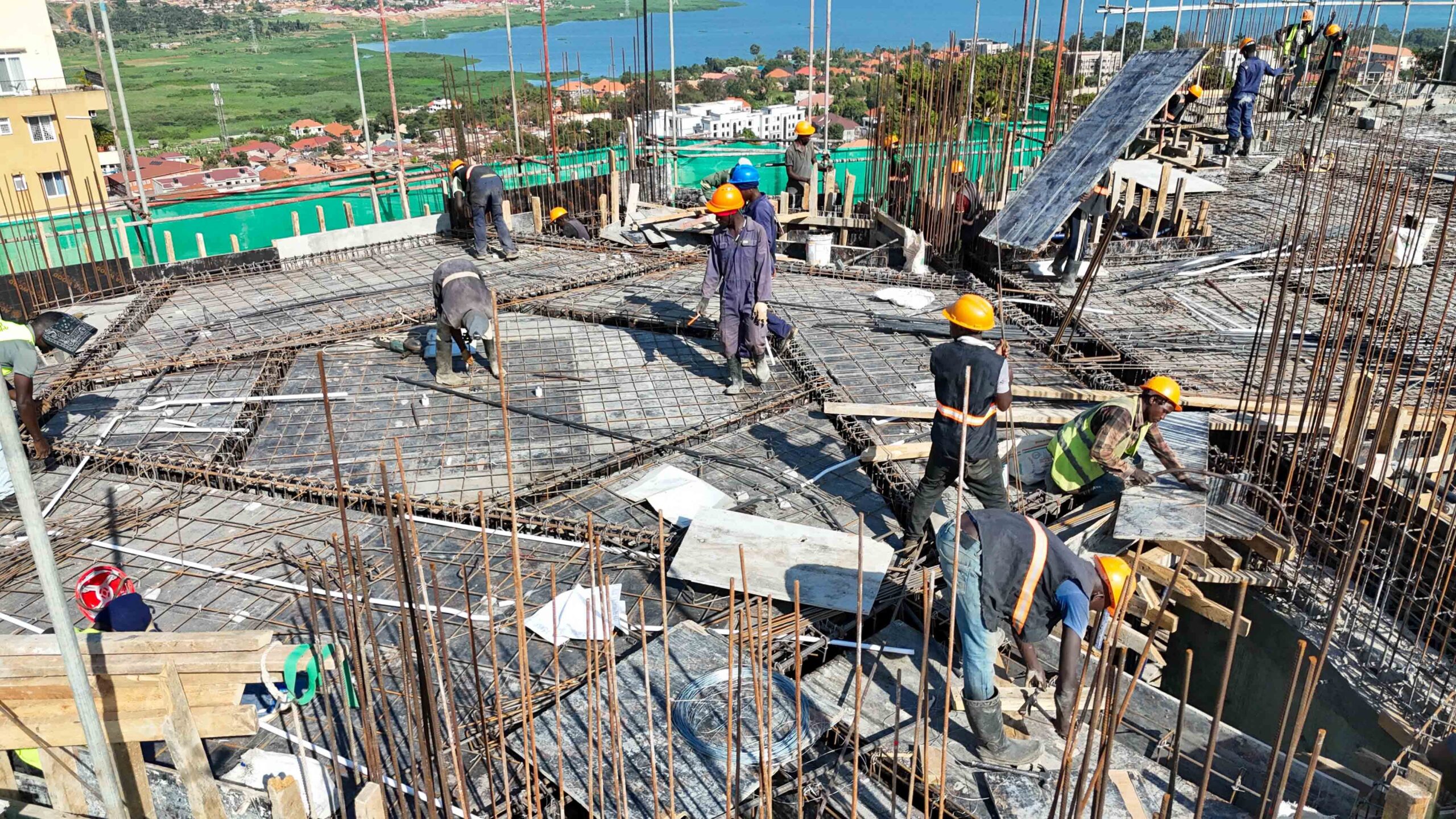In the face of climate change, rapid urbanization, and cultural homogenization, architecture must undergo a profound transformation. The future of sustainable design lies not just in materials and energy efficiency but in the mindset that guides every decision—one that values adaptability, local context, and human experience.
Rethinking Sustainability Beyond Technology
Sustainability has long been associated with high-tech solutions—solar panels, smart systems, energy modeling. While these tools are critical, they’re not enough. The next chapter of sustainable architecture requires going deeper: re-engaging with the cultural and ecological identity of a place. It calls for a fundamental shift from building more to building better.
Design Rooted in Context

One of the most powerful tools in sustainable design is local relevance. This means using materials that are native to the area, respecting the traditions of local craftsmanship, and designing in harmony with climate and topography. Context-aware architecture ensures that buildings are not imposed upon their surroundings but grow from them—reducing environmental impact while enhancing cultural continuity.
Renovation Over Demolition
Instead of defaulting to new builds, architects must embrace renovation and adaptive reuse. Every existing structure contains “embodied energy” — the sum of the energy and resources invested in its creation. Tearing it down wastes not only material but also opportunity. Through creative reuse, spaces can be revitalized to meet modern needs while preserving historical and emotional value.
Designing for Human Experience
True sustainability doesn’t end with carbon calculations. It also includes how people feel in a space. Sensory-rich environments that invite light, natural ventilation, and organic flow contribute to mental and physical well-being. Architecture should support a healthier, slower pace of life—especially in dense urban areas where overstimulation and detachment are common.
Participatory and Experimental Models
Design is no longer a one-way conversation. Engaging communities in the planning process ensures that projects reflect genuine needs and aspirations. Meanwhile, experimental approaches—like biomimicry or modular systems—open new pathways for innovation. By empowering both tradition and experimentation, architecture can evolve without losing its roots.






